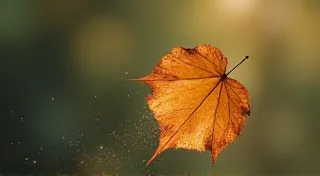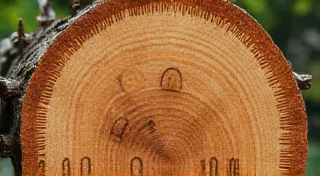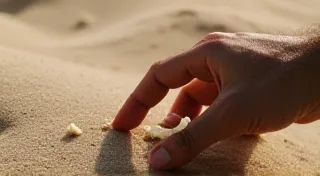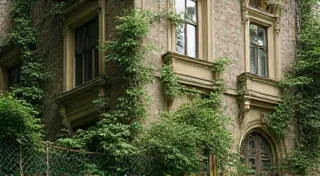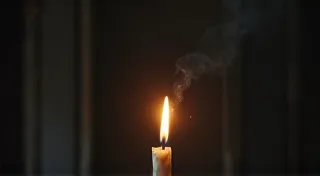The Alchemist’s Touch: Refining Techniques in Early Needle Fabrication
There’s a quiet magic held within antique knitting needles. They aren't merely tools; they're whispers from the past, tangible connections to the hands that shaped them and the lives they helped clothe. Holding a set, feeling the cool weight of the bone or the subtle texture of the horn, it’s impossible not to feel a reverence for the skills and dedication required to bring them into existence. Far removed from the mass-produced, plasticized needles of today, early knitting needles speak volumes about a time when crafting was a cornerstone of daily life and tools were objects of genuine artistry.
My own fascination began, as so many do, with a chance discovery. While helping my grandmother clear out her attic, I stumbled upon a dusty box filled with mismatched needles. They weren’t a set, really – a few bone, a few ivory, one surprisingly smooth metal one that felt different than the rest. Their condition was...unremarkable; some were chipped, others worn smooth by countless stitches. Yet, something about them resonated, sparking a curiosity that led me down a rabbit hole of historical research and a profound appreciation for the techniques involved in their creation.
Materials: Gifts From the Earth and Creature
The raw materials themselves tell a story. Before the advent of industrial manufacturing, knitting needles were predominantly crafted from natural resources – bone, horn, ivory, wood, and occasionally metal. Bone needles, often sourced from sheep or cattle, were the most common, readily available, and relatively easy to work with. Horn, particularly ox horn, offered a greater degree of strength and could be fashioned into more intricate shapes. Ivory, a luxury material, was prized for its smooth surface and durability.
Imagine the process: a butcher offering scraps of bone, a farmer retaining horn shavings after processing, the careful selection of fallen branches, each material requiring careful cleaning, preparation, and then the slow, painstaking work of transforming them into functional tools. There was no instant gratification, no quick fix. It was a relationship built on respect for the materials and a deep understanding of their properties. The origin and characteristics of these materials frequently became part of a family’s heritage, a tangible link to their past. Delving into the role of these objects in family history can be incredibly illuminating.
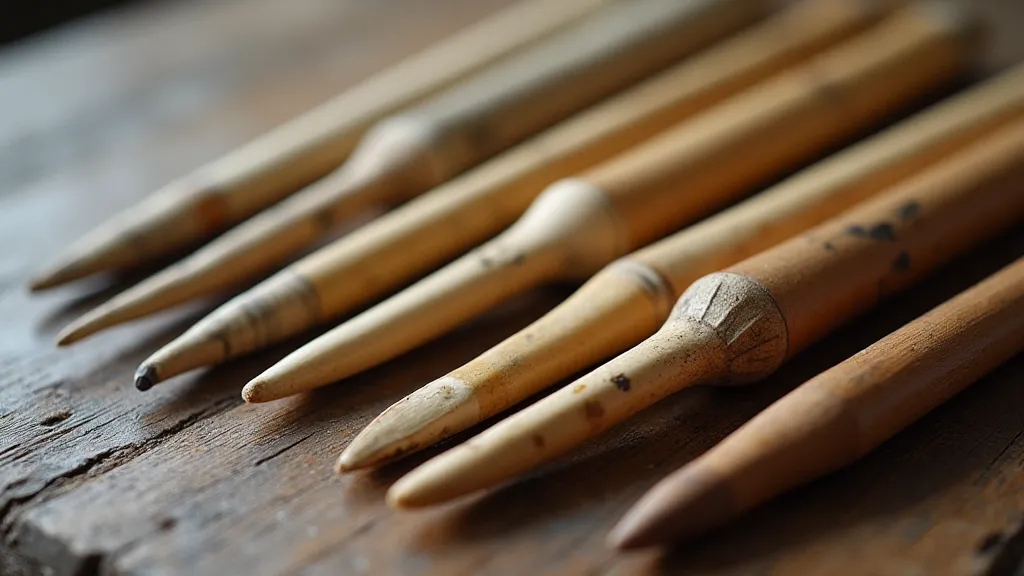
Shaping the Form: The Craftsman's Skill
The shaping of these early needles was a testament to ingenuity and skill. There were no power tools, no automated processes. Craftsmen relied on hand tools – saws, files, rasps, and knives – to gradually transform the raw material into the desired form. A typical bone needle would be sawn to length, then carefully tapered using a series of files and rasps. Each stroke would be deliberate, guided by a skilled hand and a keen eye.
The process of creating a pointed tip was particularly challenging. It required not only precision but also a deep understanding of how the material would behave under pressure. Too much force, and the bone would splinter. Too little, and the point would be blunt and ineffective. The most skilled craftsmen likely passed down their techniques through generations, preserving secrets of the trade that were often unspoken. Often, the specific type of wood used – and its properties – were carefully guarded knowledge passed down through generations. For those deeply interested, exploring how the material itself tells a narrative in antique needle construction reveals a fascinating world of craftsmanship.
Horn, being more pliable than bone, allowed for a wider range of shapes and designs. It could be heated and bent to create curved needles or intricate decorative elements. The subtle variations in horn’s grain and color are a constant reminder of its natural origins, each needle a unique testament to the material's inherent beauty.
Finishing Touches: Polishing and Protection
Once the needles were shaped, the finishing process was crucial. Rough edges needed to be smoothed, and the surfaces needed to be polished to prevent them from snagging the yarn. This was often achieved through a laborious process of rubbing the needles against stones or using abrasive powders. A well-finished needle would feel smooth and comfortable in the hand, a tactile reward for the craftsman’s efforts.
Protecting the needles from moisture and wear was also important. Early finishes might have included beeswax, animal fats, or even oils derived from plants. These natural coatings would help to preserve the material and extend the life of the needles. You can often see traces of these old finishes, a faint sheen or a slight discoloration that hints at the passage of time. Maintaining these antique pieces requires a delicate touch; those interested in restoring damaged needles might find useful information regarding repair and restoration techniques.
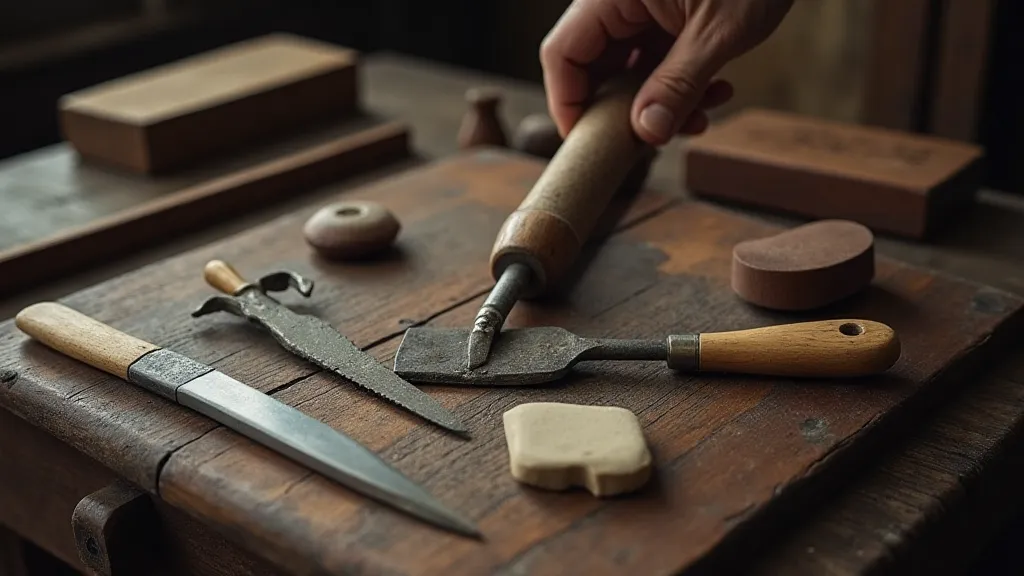
Beyond Functionality: The Beauty of Imperfection
What’s truly remarkable about early knitting needles is their inherent beauty, born not from flawless uniformity but from the marks of the human hand. Each needle is unique, bearing the subtle imperfections that testify to its handcrafted nature. A slight taper here, a tiny chip there – these aren't flaws; they're character marks, reminders of the dedication and skill that went into their creation.
These imperfections connect us to the past in a visceral way. They offer a glimpse into a time when objects were valued not for their perfection but for their authenticity and the story they told. Holding an antique needle, feeling its slight irregularities, is like holding a piece of history, a tangible link to the hands that shaped it. The details etched into each piece, the subtle variations in shape and material, can offer significant clues regarding a needle’s provenance. For serious collectors, building a collection involves careful research and consideration; understanding the intricacies of tracking provenance is crucial to assembling a valuable and authentic collection.
Collecting and Preservation: Respecting the Past
For those drawn to these artifacts, collecting antique knitting needles can be a deeply rewarding experience. However, it’s important to approach the endeavor with a sense of respect and responsibility. These are not simply decorative objects; they are cultural treasures that deserve to be preserved for future generations.
When acquiring antique knitting needles, look for signs of authenticity and originality. Be wary of modern reproductions that attempt to mimic the appearance of antique tools. Examine the material carefully, paying attention to the texture, color, and any markings or imperfections. Consider the overall condition of the needles and the provenance – their history of ownership.
Preserving antique knitting needles involves more than just protecting them from physical damage. It also means understanding their historical context and appreciating the skills and ingenuity of the craftsmen who created them. By sharing our knowledge and passion, we can help to ensure that these treasures continue to inspire and delight for years to come. The story each needle holds can reveal much about the era in which it was made, the materials available, and the techniques employed by the artisans of the time. Further research into specific features and markings can reveal surprising insights into the needle’s history and origin. The marks left by hand tools often provide clues about the craftsperson's techniques. The overall process of collecting and appreciating these pieces offers a unique window into the past, allowing us to connect with the lives and skills of those who came before us. Many collectors find that understanding these nuances and appreciating the artistry involved is as rewarding as the acquisition of the pieces themselves.
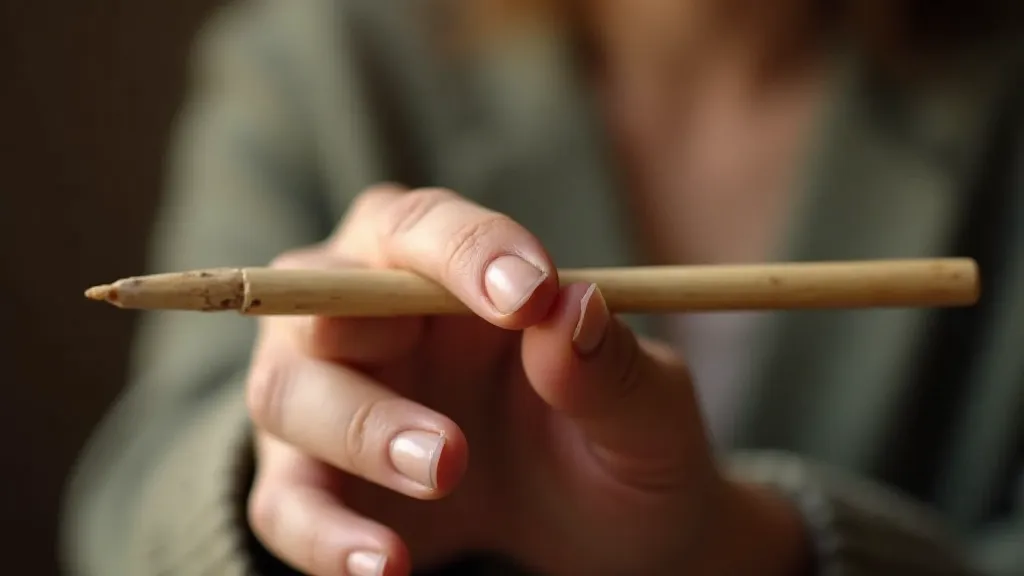
The next time you encounter an antique knitting needle, take a moment to appreciate the journey it’s taken. Consider the hands that shaped it, the skills that were required, and the history it embodies. These are more than just tools; they are legacies, whispers from a time when craftsmanship was an art form and the simplest objects held a profound beauty.
